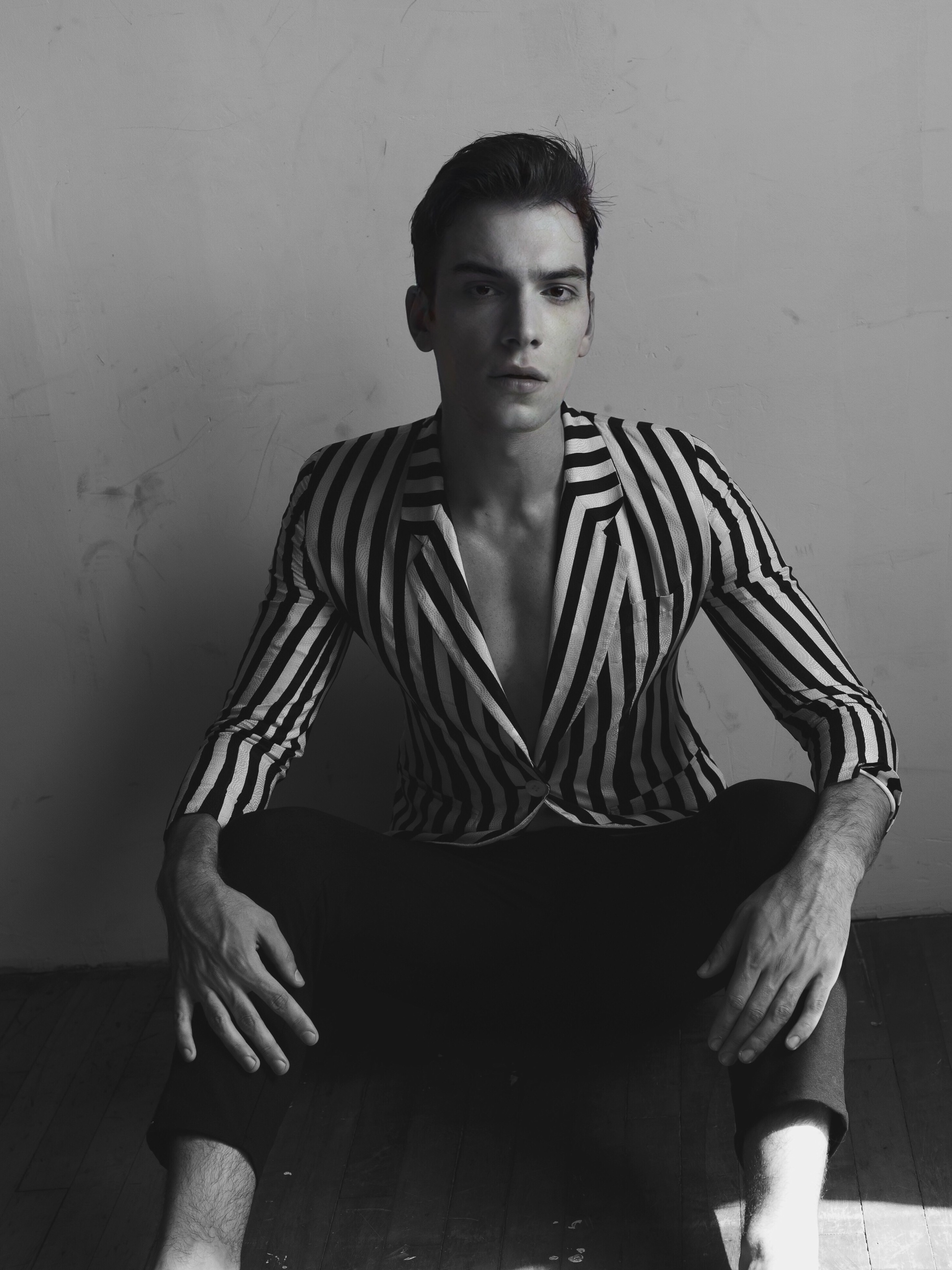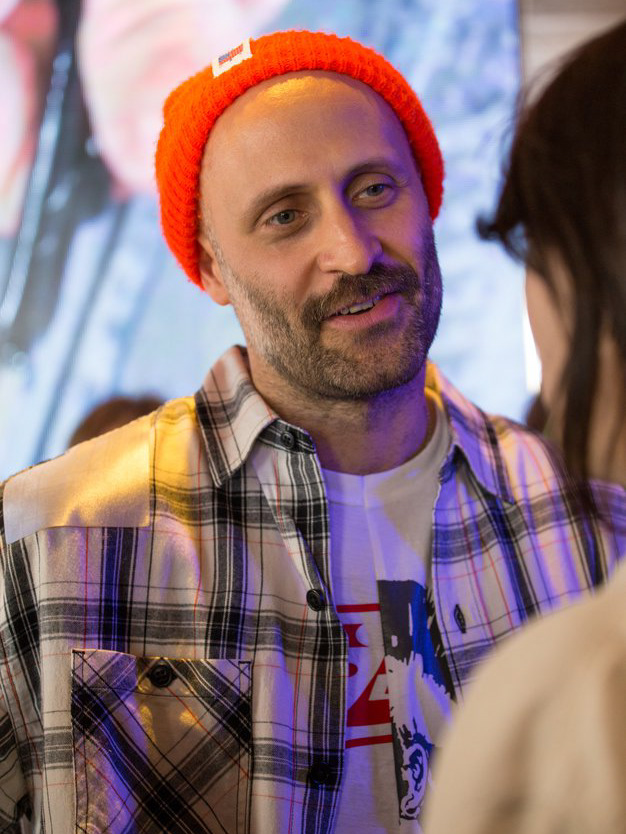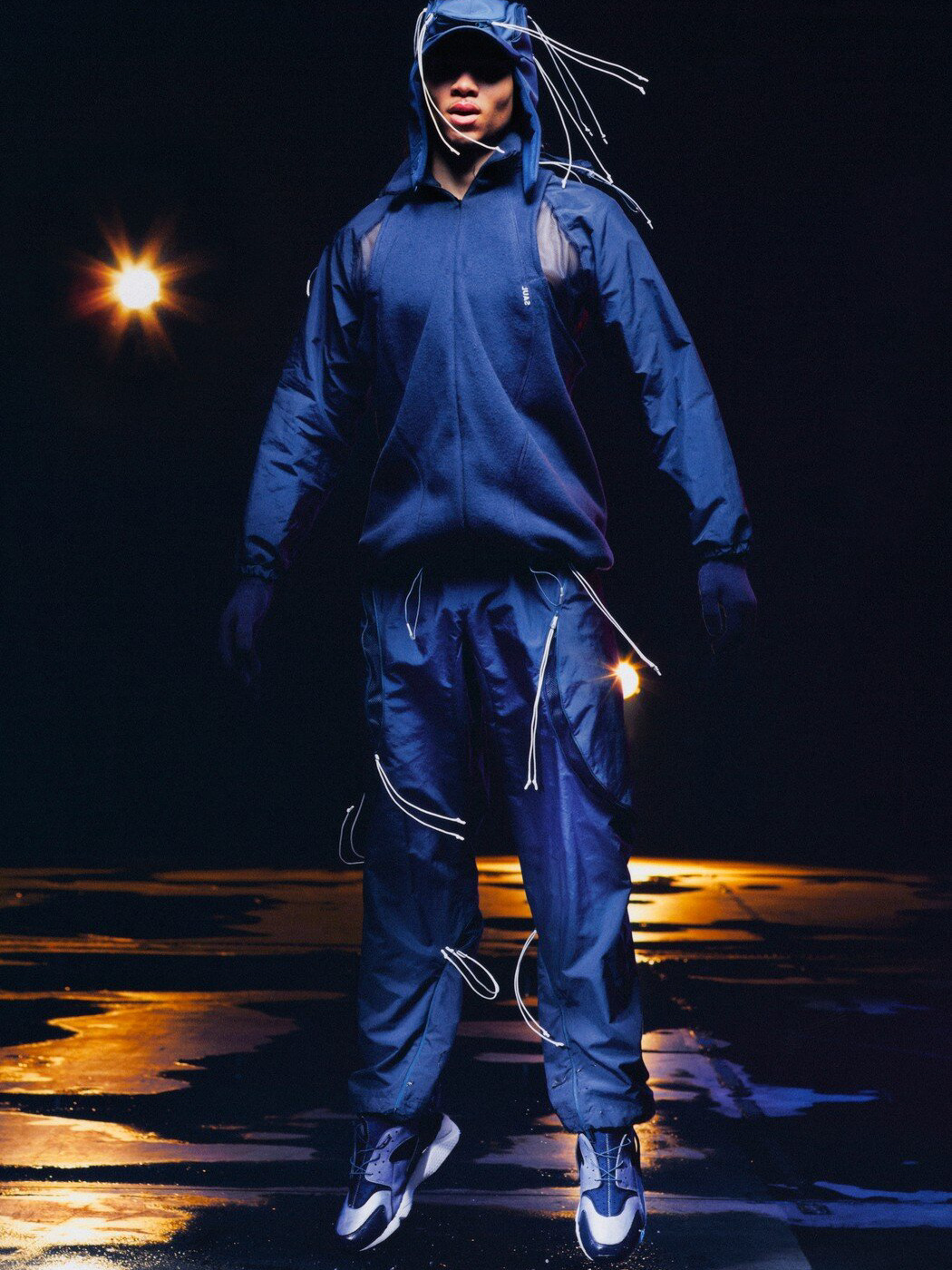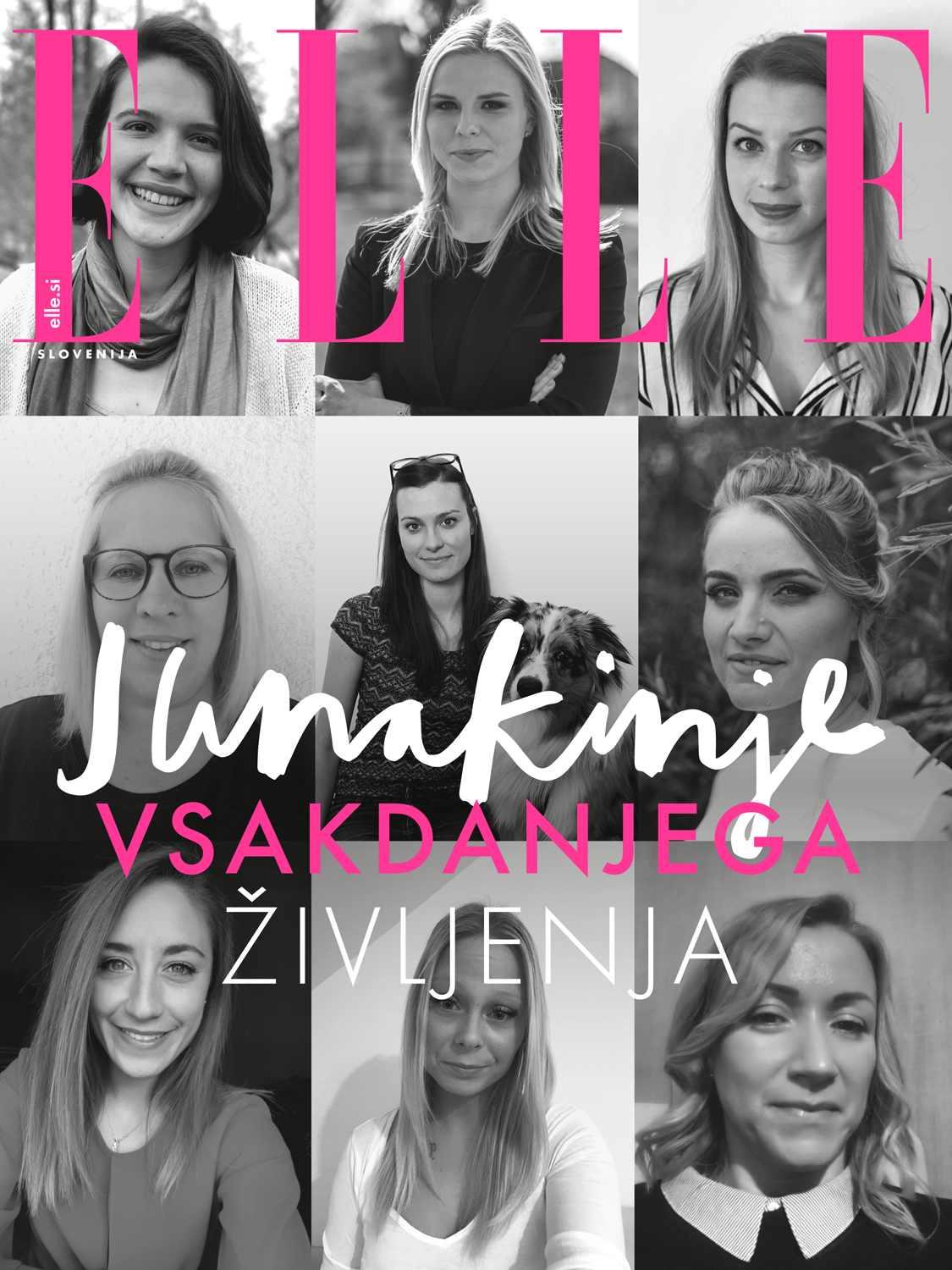For each visitor, a fashion show is a unique experience. “A good fashion show provokes some type of emotion, some type of feeling. A good fashion show you should either love or hate,” Thome Browne, an American fashion designer, told the Washington Post a few years ago. It would be rather difficult to argue with him. Moments, injected with strong emotions, are forever carved in our memory. Without these, we forget about the new collection before it even reaches the shelves of a department store.
But are fashion shows still relevant? What is their place in the world we know now? Can we recreate the atmosphere and emotions, felt in the first rows of a fashion show - or even transport them from our screens into our living rooms?
The concept of a fashion show derives from 19th century Paris; however, the first fashion week was actually held in New York, in 1943. It was organized by the legendary American publicist Eleanor Lambert in an attempt to lure journalists who had long neglected to cover local designers. Until then, pages of American magazines were dominated by French brands. Only two years after, the first fashion week was held in Paris, then in Milan in 1958, and almost a quarter of a century later, in 1984, in London. These cities are now known as the four fashion capitals.
Countless fashion shows happened before the popularization of television, and even more before the rise of the internet and social media. There was no alternative to physical events. Journalists, editors, and buyers, who missed the live show, had to wait weeks, even months to see the new collections. By then it was often too late, the story was picked up by a competitor magazine or the collection sold out. Today, this is hard to imagine. Every six months, our social media feeds are swamped by an incomprehensive number of images of new creations. By the time we take off our shoes at the end of the day, we can already read reviews of collections shown only hours before. To keep up with the crazy fashion schedule, we need a smartphone and working Wi-Fi. But what happens when a physical experience is no longer possible for anyone?
Can you imagine surviving a pandemic without technology? Without video calls with friends and family, without movies, without online coursers - without any kind of digital events? During this time, the digital world gave us the comfort we craved. It saved us. But still, these moments passed without cutting deep marks into our memory. Never-ending days were slowly lingering, yet time was swallowing whole months at a time. Everything was glued together in a jumbled, unrecognisable pile of events. Why? Digital memories can easily fade. It is not that they are less important - but hey lack deep emotions. The mood on a video call with your best friend can rarely compare to grabbing a glass of white wine in the middle of a busy street. I remember exactly which top I wore when I met a colleague at our favourite pizza place in London last year. I remember our laud laughs, endless conversations, and plans for the future. Ask me what I wore on one of our WhatsApp calls in the middle of March? Pyjamas? Maybe a hoodie … who knows? It is a funny thing, memory. Emotionally-charged moments are easier to remember and positive experiences often contain more details. And that is exactly what was missing at digital fashion shows – emotions that don’t vanish the second we close our laptops.
In June, The British Fashion Council bravely unveiled the first all-digital fashion week to date. Expectations were (too) high. There was talk of the end of fashion weeks as we know them, a complete makeover of the industry, and a new way of life. Covid-19 would reveal the long-known but overlooked problems of the fashion industry, including fast fashion, environmental crisis, modern slavery, racial inequalities, and toxic work environments. The vicious circle would finally be broken. But sadly, digital shows just couldn't live up to sky-high expectations. About a month after the Digital Fashion Week in London, Paris Couture Fashion Week attempted to repeat the test. On a new platform, a video of a new fashion house premiered each hour: Christian Dior invited the famous Italian director Matteor Garron; at Chanel, the models resembled punk princesses; Iris van Harpen showed a single dress worn by the famous actress Carice van Houten, known for her role in Game of Thrones; Viktor & Rolf had fun with singer Mika ... Each house embraced the challenge in its own way, but still, something was missing.
However, digitalization also brought many positive changes. While some fashion houses still sent out invitations, no one actually needed them. For the first time, the doors were wide open. There was no front row, yet everyone enjoyed the best view – as equals. “Constant change is the breath of fashion,” Bill Cunningham, the legendary street photographer, wrote in his memoir Fashion Climbing. And he was right. The outdated fashion industry was in desperate need of a makeover. It wouldn’t have survived without the digital world. Experiments with digital fashion shows are yet to develop the perfect formula, but they certainly pushed us in the right direction.
The National Chamber of Italian Fashion (Camera Nazionale della Moda Italiana) has confirmed that Milan Fashion Week will return in September, in both, physical and digital format. The new collections for spring and summer 2021 will be shown by Giorgio Armani, Marni, Prada, Versace, and other prominent names of Italian fashion. Gucci, who distanced itself from the fast pace of the fashion cycle, won’t appear for the first time. Each fashion house will adopt a format of their choice. So far, 28 fashion houses have chosen to show at a physical event, and 24 will try to explore the potential of digital technology.
Rare designers who presented their creations in physical form this summer have left us with uncertain questions of what is right. But it is now clear; a carefully crafted balance between reality and virtuality is exactly what the fashion world needs for a fresh start.
Words by Ana Abram
Published in September/October 2020 issue of ELLE Magazine Slovenia, originally written in Slovene language











